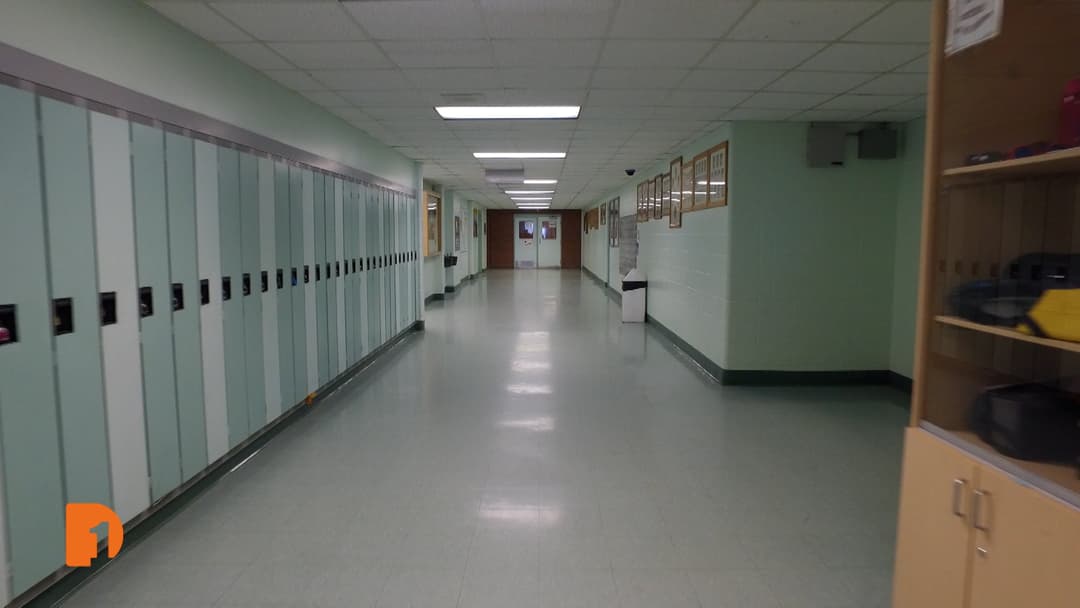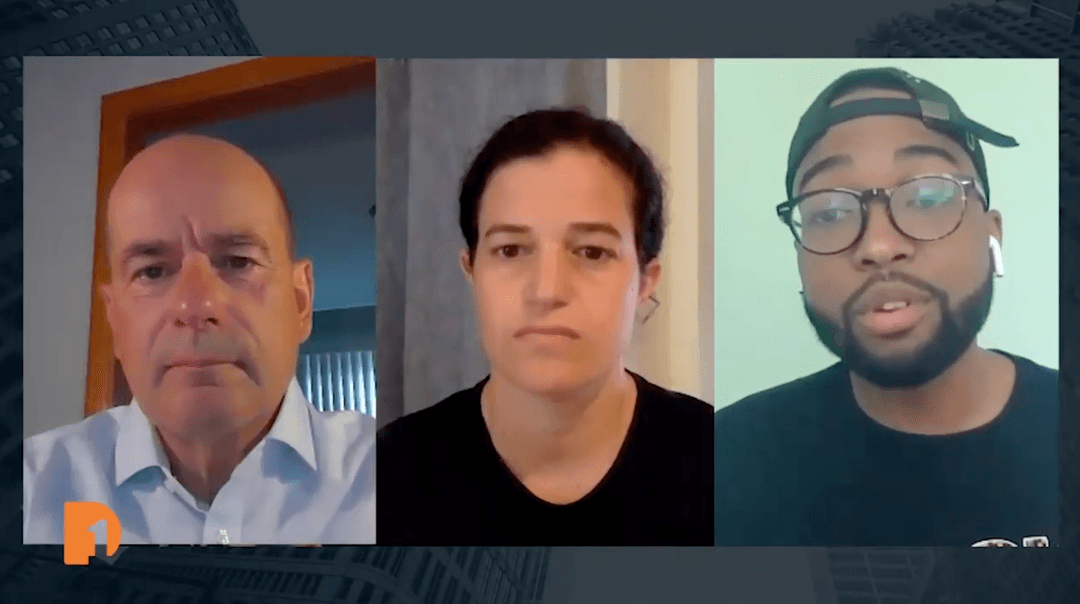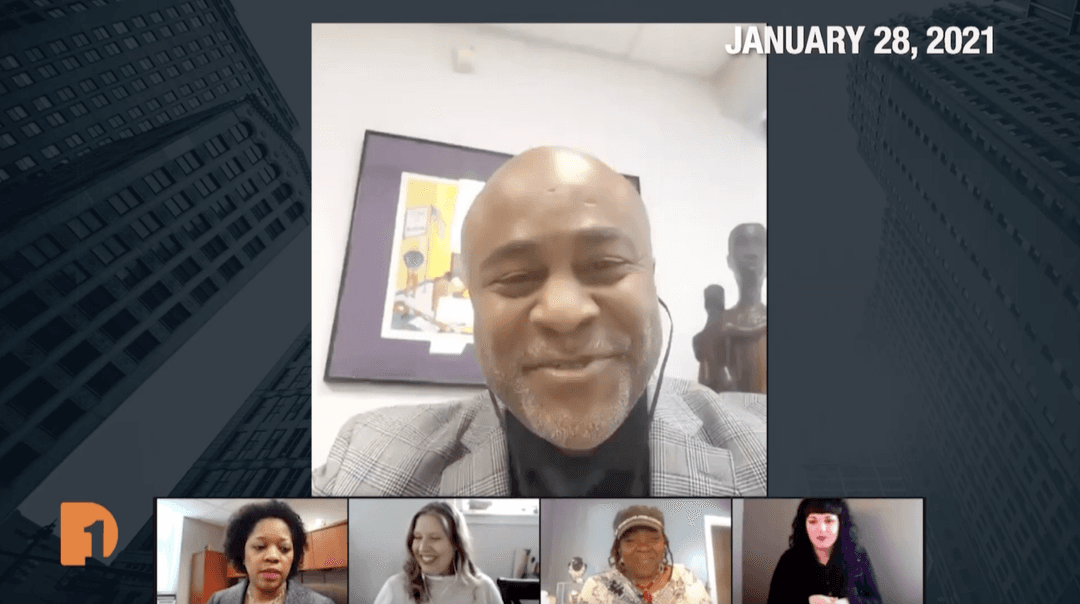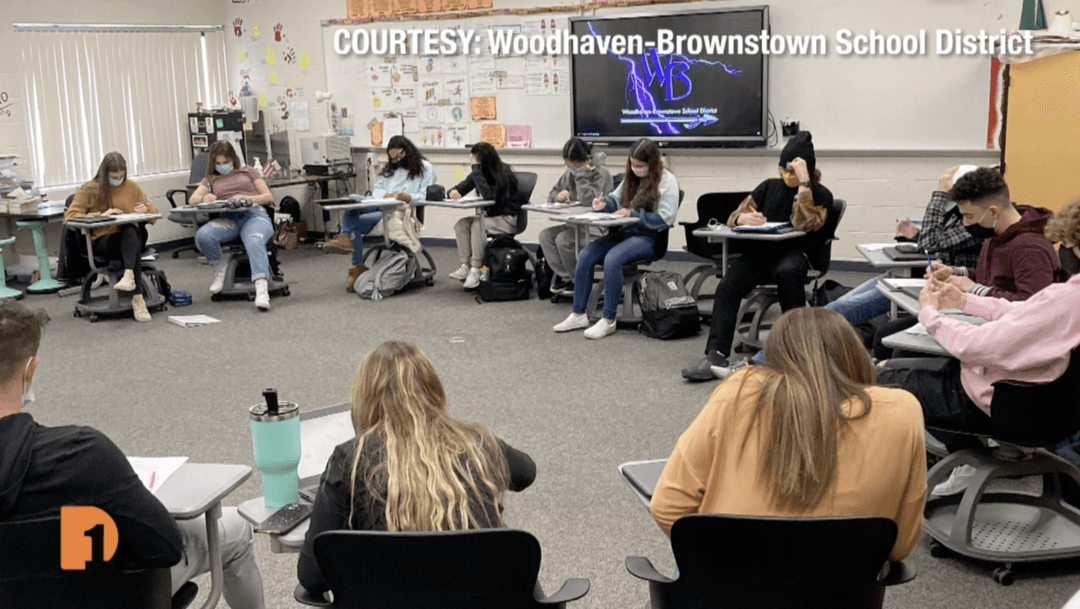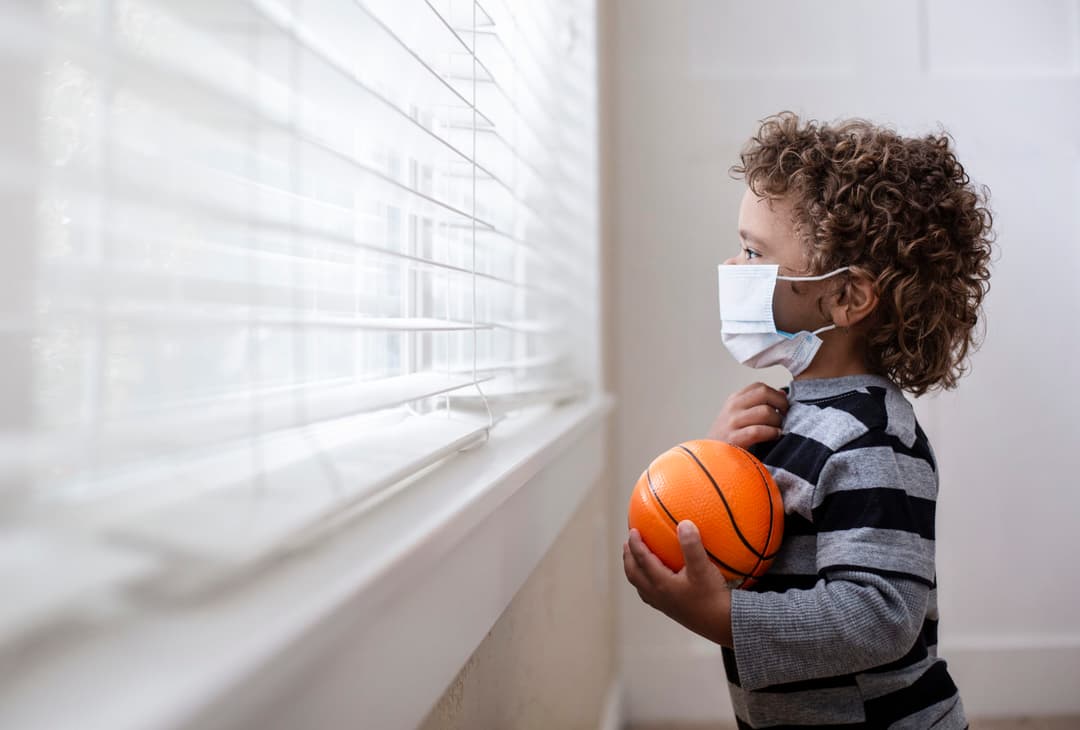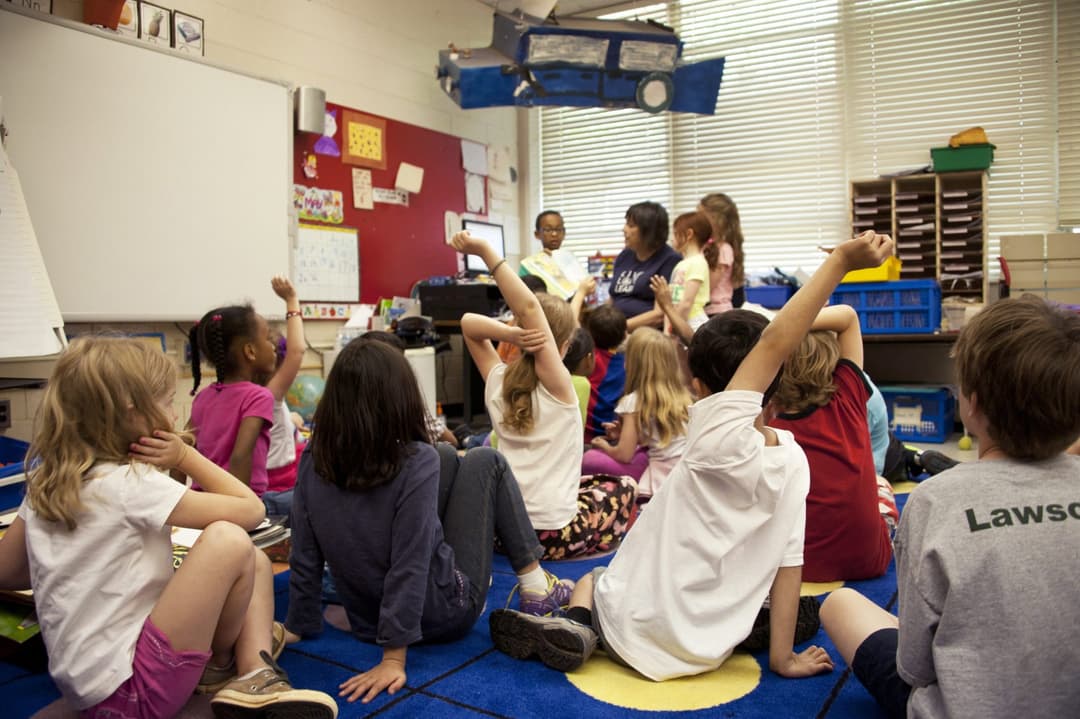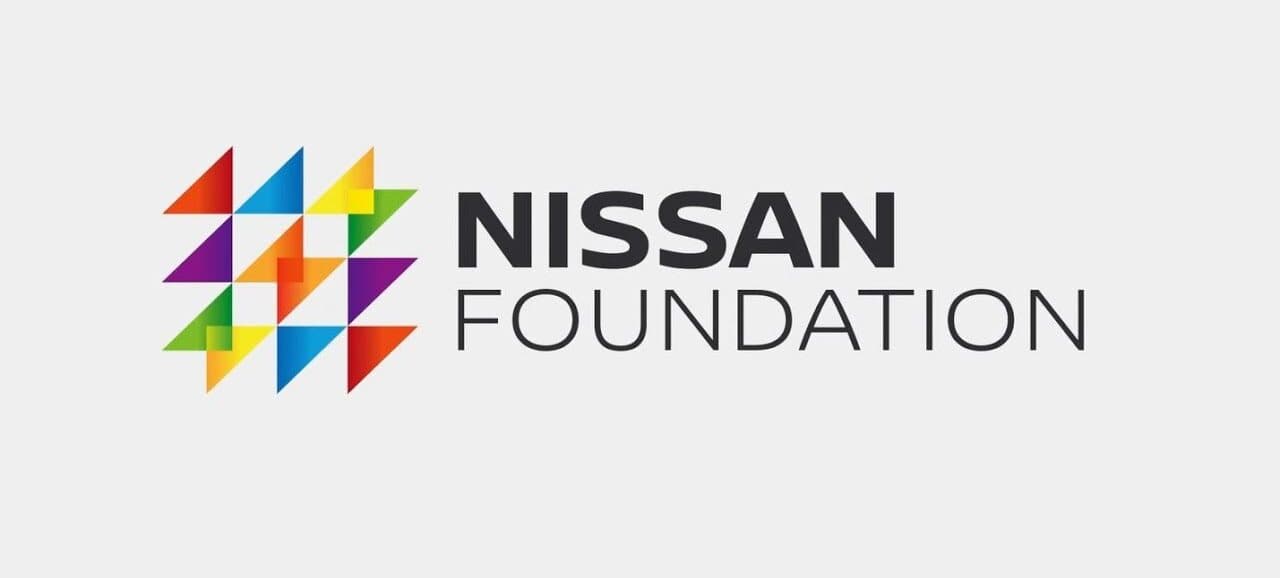Education Town Hall | Teachers Meeting Students Where They Are
Feb 18, 2021
As students adjust to virtual or in-person learning, it’s the teachers who meet them where they are. Christy talks with Jeanie Wilson (Ann Arbor STEAM at Northside), Dorothea Williams-Arnold (Cass Tech H.S.), and Beth Freedman (Summit Academy North H.S.) about what their day-to-day looks like and the importance of finding a multitude of ways to connect with students.
Read the full transcript below:
Christy McDonald
OK, Jeanie. So tell me, what is a typical day like for you? And if you want me to pretend to be a student, I’ll turn my camera so you can only see the top of my head. I mean, is that essentially what you guys look at every day? I know what it is. I see my eyes,
Jeanie Wilson, Teacher, Ann Arbor STEAM at Northside
I think, and hear all kinds of things.
Christy McDonald
I bet you do. So tell us, what’s a typical are you lecturing the whole time or the Breakout Rooms project? How have you been able to do this for almost a year now?
Jeanie Wilson, Teacher, Ann Arbor STEAM at Northside
Yeah, so I start my morning with my advisory group, which is my home base, and I really try to work on building relationships with that group. So, you know, it’s a lot of dialog with the kiddos. And, you know, it’s like by all means necessary, they can contribute. They can put things in the chat, they can talk, they can there’s even like the annotate feature where they can write on my slides. It’s been really interesting to see the different ways kids want to communicate their thinking. And so that’s how I start. And then we have a block schedule. So I will see one class for 90 minutes, then we have a half hour break. Usually I can touch base with some kids in that time. I’m sending a lot of emails, texting parents, where is your kid? And then we have another block and then we have lunch and then the third block. So it’s a pretty long day. Those blocks are 90 minute long minutes long.
Christy McDonald
And how does that grab you?
Do you like the 90 minutes or is that I mean, that’s very different than a 50 minute class and then changing and being able to get a new class.
Jeanie Wilson, Teacher, Ann Arbor STEAM at Northside
And I have taught in a block schedule school before, so I actually have not had too much trouble with that. I really feel like I end up with time to connect with kids. So the flow of class, we have a discussion that’s like on the computer, like a typed discussion, and then we have activities and then we have some sort of writing project that we’re doing or something. And I’m able to go into breakout rooms and connect with kids and have a lot of one on one conversations or small group conversations with them. So if they were shorter, I think it would be really hard to reach kids. So it’s been pretty good.
Christy McDonald
Dorothea, what about you?
What’s it what’s it like doing in ELA for sophomores and juniors? What’s a typical day like for you?
Dorothea Williams-Arnold, ELA Teacher, Cass Tech H.S.
A typical day in my classroom. My virtual classroom is we see half of our students on one day and then the other half on another day. And I should tell you, our students petitioned to have us change the schedule and our superintendent agreed to it. See, our kids are pretty vocal. So they decided and they looked at other school models and decided that they were very stressed out having to be online all day. So I’ll see three of my classes on one day, maybe two on another day. We meet with all of our kids on Wednesday and the afternoon is just for asynchronous time, any time that we need to tutor students or connect with students. But a typical day is a production out of attendance. We spend spend 10 minutes, you know, listening to voices or encouraging them to turn on their cameras. And it works out. I’m finding that I get a much better response when I take a little bit of extra time like you Ginnane to really connect with the kids. It’s harder online, of course. It’s harder to assess whether or not they’re struggling because some of them are under the covers. Right. So so it seems to believe it or not, my students are fairly receptive to that and they’re even more receptive because our superintendent agreed to allow them to change their schedule.
Christy McDonald
Beth, give us the day in the life of you in terms of your classrooms and your kids and teaching Spanish.
Beth Freedman, Spanish Teacher, Summit Academy North H.S.
We start out every morning. We have an AB schedule. So my periods, period one, I see half my students on a days and half on B, so that’s similar to Dorothea’s schedule in that regard. But on the days that I don’t see my students, I still have a first morning check in. So I do get to connect with all my students every day. It’s just a matter of who I see on which day and I’ve required them to keep their computers on with language.
It’s important for me to be able to see their faces and to see them speak. So when especially when we get into the breakout rooms and I’m like, Jeanie said, using the breakout rooms, it makes it so much more personal, I think, to be able to touch base with those students.
Christy McDonald
You know, we’re also talking about learning loss, we talked about it with the superintendents and Dr. Vitti, and Dorothea, let me ask you, because it almost feels like it comes and it rests on your shoulders. So you have to continue to do the output that you were usually doing a year before you lost the spring. And now you’re finding your way through through this. As from a teacher’s perspective, what do you think about that and what are you working on?
Dorothea Williams-Arnold, ELA Teacher, Cass Tech H.S.
Well, you know, I struggle with this one because, of course, we want our children to do well, right? We want to narrow that achievement gap. But I think it’s really important, at least and I can only speak for my district. You know, we have a lot of struggling children. We have a lot of poverty. And I really believe that when the kids are better taken care of, when their psychosocial needs are cared for, they will bounce back. They will continue to improve. So for me, I’m a little bit more flexible. Right. I have conversations with my students about how important it is for them to demonstrate progress. However, that’s not as it’s important. But I think their emotional needs, caring for their emotional needs are also important and helping them understand that when you’re struggling, we’re here. I’m here.
Christy McDonald
Beth, you wanted to say.
Beth Freedman, Spanish Teacher, Summit Academy North H.S.
You had mentioned Dorothea about the psychosocial aspect of it. I spent a good forty five minutes today with a student just because she was so overwhelmed by the whole situation. And it’s it I believe that that’s the most important thing for us as educators is to understand that these are kids, these are human beings and their whole apple cart was disrupted and we need to be there for them first and foremost. And if we show that outpouring, they will work.
Jeanie Wilson, Teacher, Ann Arbor STEAM at Northside
I think the most important thing is that we don’t let this pressure from these expectations that some of which are a little bit made up, rest on the shoulders of the children, they should not be under so much pressure.
So we need to nurture them. We need to coach them. We need them on track and moving forward in their learning.
But we do not need to put the stress of learning loss on the kids.
Stay Connected
Subscribe to One Detroit’s YouTube Channel.
Catch the daily conversations on our website, Facebook, Twitter, and Instagram @detroitperforms
Related Posts
Leave a Reply
Your email address will not be published. Required fields are marked*
